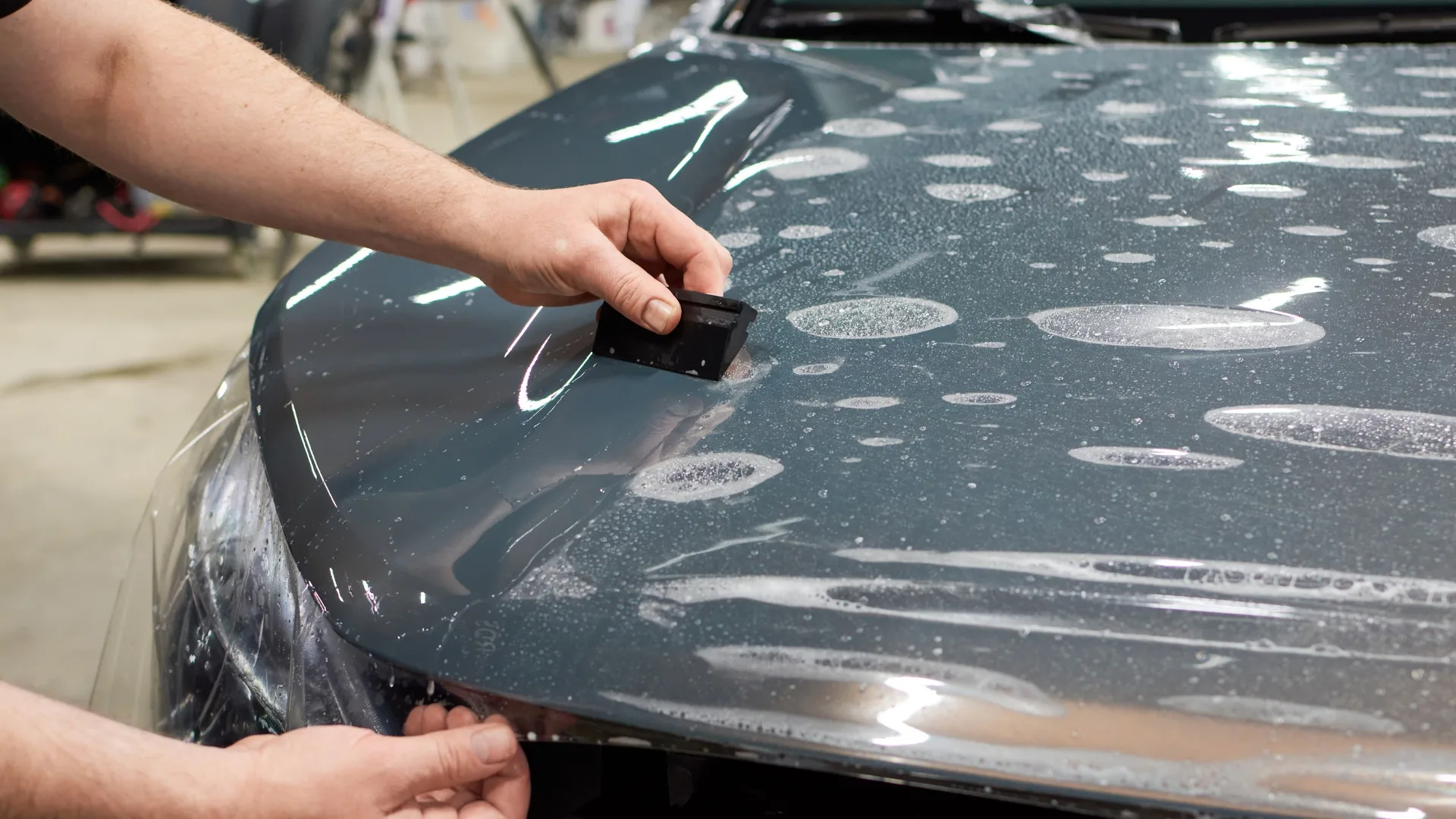
Paint Protection Film (PPF) Full Car vs. Partial Protection: Making the Right Choice
Are you looking to shield your car’s paint from the perils of everyday driving? Paint Protection Film (PPF) is your knight in shining armor. But when it comes to PPF, one common dilemma arises: full car coverage or partial protection? Making the right choice depends on various factors, from your driving habits to your budget. Let’s delve into the pros and cons of both options to help you make an informed decision.
Full Car Coverage: The Ultimate Shield
Imagine your car wrapped in an invisible force field, guarding it against chips, scratches, and even minor dings. That’s the promise of full car coverage with PPF. Every inch of your vehicle’s exterior is enveloped in a protective layer, ensuring comprehensive defense against road debris, UV rays, and environmental contaminants.
Pros:
- Complete Protection: Full car coverage leaves no area vulnerable, offering peace of mind for owners who want maximum defense against all types of damage.
- Uniform Aesthetics: With PPF covering the entire vehicle, there are no visible lines or edges, preserving the car’s original appearance.
- Resale Value: A car with full PPF coverage often commands a higher resale value, as it retains its pristine condition over time.
Cons:
- Cost: The primary deterrent for many is the upfront cost of full car coverage, which can be significantly higher compared to partial protection.
- Installation Time: Applying PPF to an entire vehicle is a time-consuming process, requiring meticulous attention to detail.
Partial Protection: Targeted Defense
Partial PPF coverage takes a more strategic approach, focusing on high-impact areas such as the front bumper, hood, fenders, and side mirrors. This option offers a compromise between comprehensive protection and affordability, addressing the areas most prone to damage while leaving the rest of the vehicle exposed.
Pros:
- Cost-Effective: Partial protection is typically more budget-friendly than full car coverage, making it accessible to a broader range of car owners.
- Quick Installation: With fewer areas to cover, the installation process for partial PPF is quicker compared to full car coverage.
- Customization: Car owners can tailor partial protection to suit their specific needs, focusing on areas that are most susceptible to damage based on their driving habits and environment.
Cons:
- Incomplete Protection: While partial PPF safeguards high-impact zones, other areas of the vehicle remain vulnerable to damage.
- Aesthetic Considerations: The transition between protected and unprotected areas may be noticeable, potentially affecting the car’s visual appeal.
Making the Right Choice
So, which option is best for you? The decision ultimately boils down to your priorities and preferences. If you’re committed to preserving your car’s showroom finish and have the budget to spare, full car coverage offers unparalleled peace of mind. However, if cost-effectiveness and targeted protection are your main concerns, partial PPF may be the ideal solution.
Before making a decision, consider factors such as your driving habits, the condition of your local roads, and your long-term plans for the vehicle. Consulting with a professional car detailing service like Polar Bees can also provide valuable insight and guidance tailored to your specific needs.
Whether you opt for full car coverage or partial protection, investing in PPF is a wise decision that can prolong the life and beauty of your vehicle. With the right choice, you’ll enjoy driving with confidence, knowing that your prized possession is shielded from the rigors of the road.